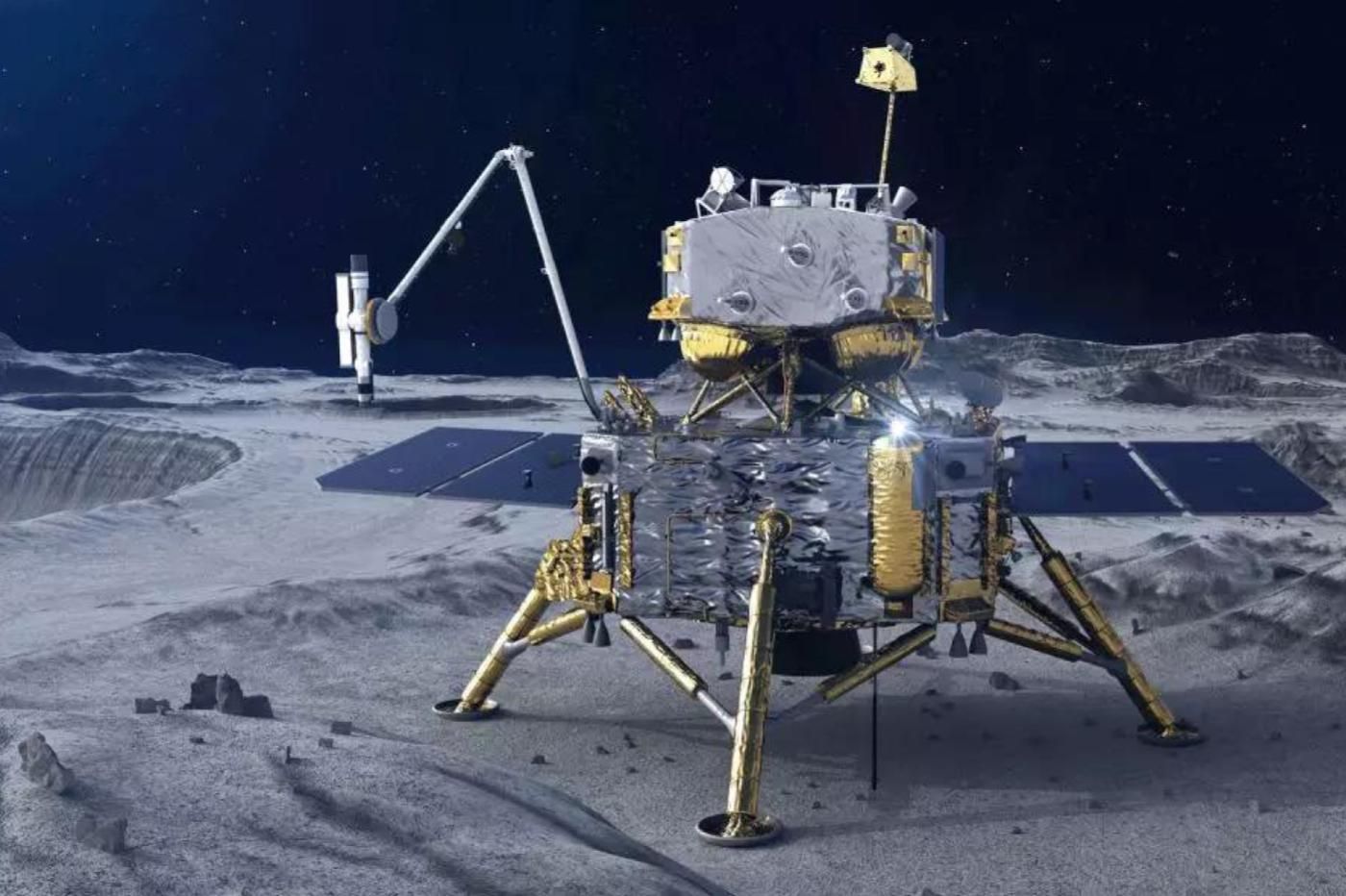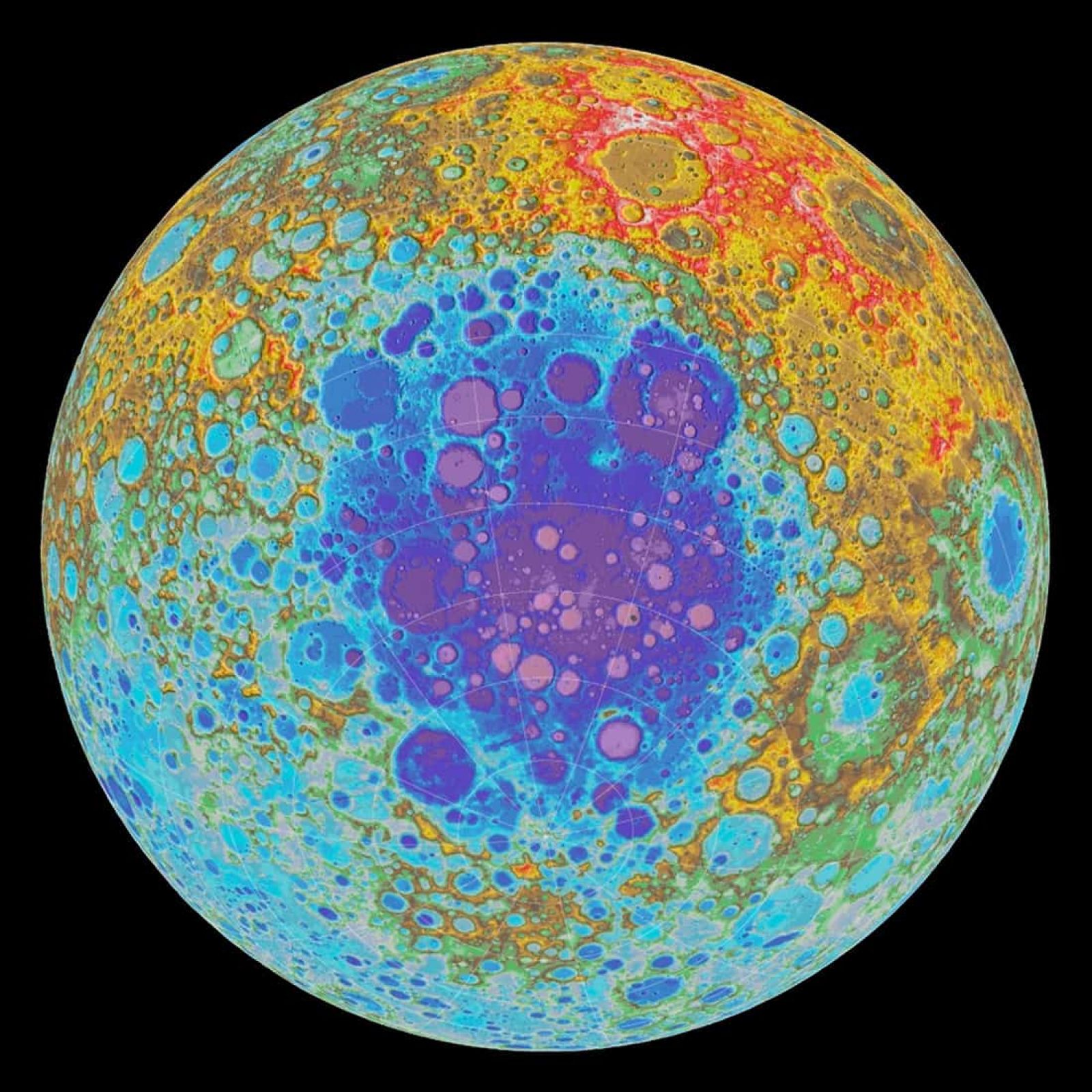Follow us on Google News (click on ☆)
The spacecraft landed in the Apollo crater, located in the South Pole-Aitken Basin, a predetermined landing site by the China National Space Administration (CNSA). This achievement marks the second time China has landed on this mysterious part of our natural satellite, following Chang'e 4 in January 2019.

Artist's view of the Chang'e 6 mission
© CNSA / CLEP
The Chang'e 6 mission aims to return samples from the far side of the Moon, a world first. These samples will allow researchers to closely study materials from this still largely unexplored region. The CNSA emphasizes that this mission is a major challenge due to the numerous technical innovations involved.
Chang'e 6, launched on May 3, aims to collect approximately 4.4 lbs (2 kg) of lunar dust and rock, part of which will come from drillings up to 6.5 feet (2 meters) deep. The return of the samples to Earth is scheduled for June 25. Once collected, the samples will be analyzed to understand the history and evolution of the Moon, as well as the differences between its near side and far side.
The mission also carries a mini-rover and various scientific instruments. The analysis of the samples is expected to reveal why the dark volcanic plains, called maria, are rare on the far side of the Moon.
The Chang'e lunar program, named after the Chinese moon goddess, has launched increasingly ambitious missions over the past 17 years. China also plans to launch Chang'e 7 in 2026 to explore the resources of the Moon's south polar region and Chang'e 8 in 2028 to test technologies using these resources.

The South Pole-Aitken Basin is the blue area in the center of this false-color image.
Credit: NASA/GSFC/University of Arizona
In the long term, China envisions manned missions to the Moon by 2030 and the construction of an international lunar base in collaboration with other countries.